10 Language Translation Plugins for Your WordPress Content

To the shock and surprise of some marketers out there, the internet is not entirely in English. While English is a predominant language for much of the world's global commerce, technology, research, and science, it's not the only language in use. Japanese, Chinese, various European languages, and Spanish especially; all of these have significant representation on the internet. Not all languages are well-represented (or represented at all), but the big ones are covered.
The trick is that all of these "foreign language internets" are somewhat segmented off from the English-language internet. This is partially due to usability and partially due to search engines.
For usability concerns, many people aren't bilingual or aren't looking for results that would be useful to find in a second language. If you're looking for a tutorial for a piece of software or maintenance for a piece of electronic equipment, clicking on a link that brings you to results in Chinese likely isn't going to help you all that much.
Search engines know this and have generally segmented the internet in their indexes. By which I'm mostly referring to Google and how you can use Google.com, or Google.de for German results, Google.co.jp for Japanese results, and so on.
Why do I bring all of this up?
Well, there are an estimated 7.8 billion people on this planet. Of that number, only around 1.35 billion people speak English at all. That means there are 6.5 billion people who have no way to comprehend the content on your site. Some of those people? They could even become customers if only they knew!
Is It Worth Providing Translated Content?
Now we come to an important question: is it worth trying to target those non-English speakers with translated versions of your content?
It's a tricky question.
If you look at it one way, it's a pretty simple question. When the opportunity cost is low – and it can hardly be lower than adding a single WordPress plugin – then any benefit, however minimal, is worthwhile. If you sell even a single copy of your product or license for your service to people who otherwise wouldn't have been able to read your content to know what you're about, then you're coming out ahead.
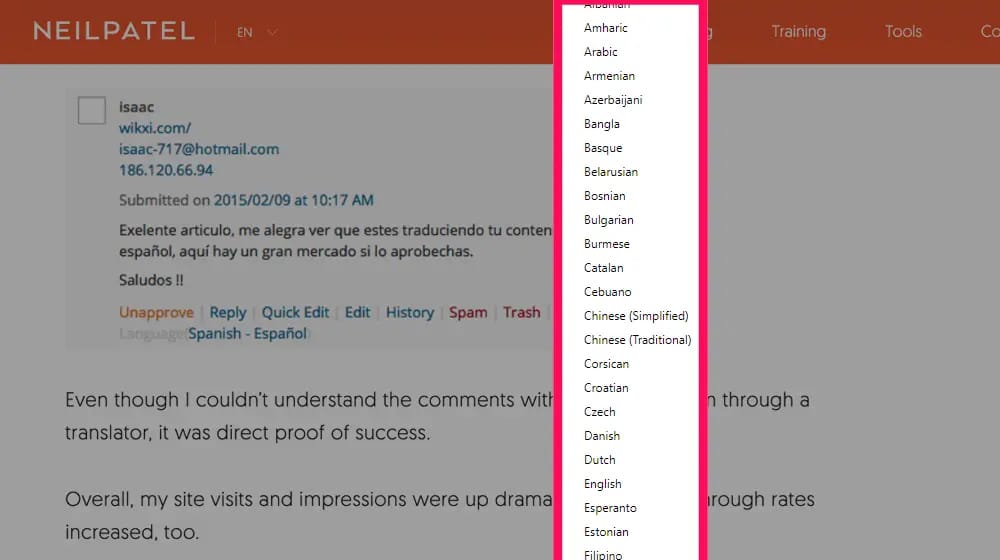
On the other hand, there are a handful of significant drawbacks that might make you rethink how simple the equation is.
- Machine translation, while better than it used to be, is still a challenge to get right. Human use of language is packed full of nuance, context, and references that won't necessarily be carried over in a machine, word-for-word translation.
- Any WordPress plugin that affects your site, especially when it comes to rendering and displaying content, is necessarily going to slow it down. The slowdown might be minimal or nearly nonexistent, but it's still something to keep in mind if you're focusing on site speed.
- You also have knock-on effects. If people who don't speak English buy your product and end up needing support, how can you provide that support for them if you don't speak their language?
- Similarly, if you have a physical product, is it worth shipping overseas if necessary? It doesn't do you any good to translate your blog content into Estonian if you can't ship to Estonia, after all.
Me, for example? I can't provide blogging services in any language other than English (at least, not with the staff I have on hand), so it doesn't do me any good to provide non-English content to attract non-English readers; they can't become customers.
For someone selling something more universal – furniture, stock photography, a web app – it's a lot more feasible.
SEO Value from Translated Content
One critical item worth mentioning is how translation plugins work with SEO. The answer is that most of the time, they don't. For SEO value to exist, the content needs to be indexed as translated. You don't get that from an in-situ translation provided by an on-demand plugin. Only a few plugins allow you to create persistent translated content, and those tend to be expensive and involve setting up entirely localized sites.
Translation in place can be valuable for multilingual users wanting to clarify from a language they don't get as well to one they do, and it can be useful for reaching people who don't speak your primary language but end up on your site anyway, but for persistent SEO, it's not going to help.
So, let's say that you've decided to provide translated content for your website. How do you do it?
Machine Vs. Human Translation
When you want a piece of content translated, you have two options: paying a bilingual human being to translate it for you or having a piece of software do it for you.
As you might expect, you have a choice here. On the one hand, you have slow, expensive, high-quality translation or localization. On the other hand, you have automatic, effortless, usually-free or near-free translations that may have errors (that you won't catch because you can't speak the language).

I would venture that most of you are going to choose machine translation, and that's fine. When you're translating blog content, the occasional mistake isn't going to make or break your brand. I would definitely recommend paying an actual human for critical pages like product pages, landing pages, and your homepage, but blog content can mostly be done automatically.
I have a bigger breakdown on this whole issue here. It's a little older, and the landscape has changed a bit since then, but the core advice holds true.
Translation Service Providers
When you get a machine translation, you're getting it through one of a few specific language services.
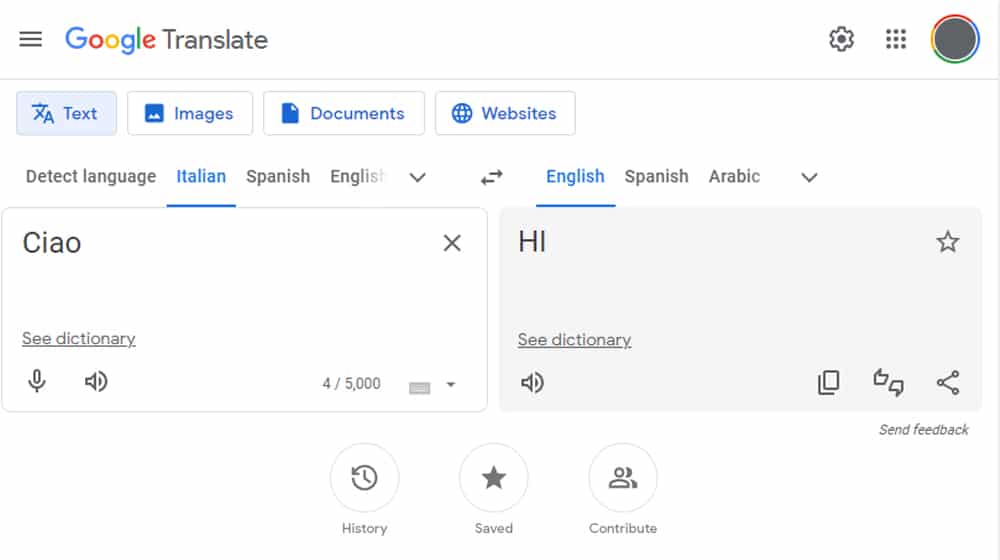
Sooner or later, pretty much every translation system comes back to one of these:
- Google Translate. Fast, simple, not the best. To use it as part of a plugin or automatically via API, you need Cloud Translate. Note that there's a possibility that this is getting better with Google's investment in AI, but whether or not it's actually any good remains to be seen.
- Prompt. Neural Machine Translation, a sort of hybrid between late-stage machine learning and early content AIs. It's generally decent but limited in the languages it supports.
- PONS. A German-first translation system that handles a selection of European languages fairly well.
- DeepL. Usually considered one of the best options for machine translation. This is the one most apps and plugins are likely to be using, mostly because they have a great API.
- ChatGPT. Generative AI is being used for basically anything it can be now, even when it doesn't make sense. Some people report great, accurate results from GPT; others see broadly inaccurate or completely wrong translations. Use extreme caution.
Any time you're looking at a translation plugin, look for which service they're using and keep that in mind as you evaluate other features they offer.
So, what are some options for translation plugins? Here's my top list.
1: WeGlot
One of the most robust options on this list, they cover more than 100 languages, and they have professional translation on hand for essential content. It's expensive, though; you're looking at a minimum of $150 per year for a relatively low word count cap. For a sizable site with a lot of content and a decent amount of traffic, you're going to be paying for the service, that's for sure.
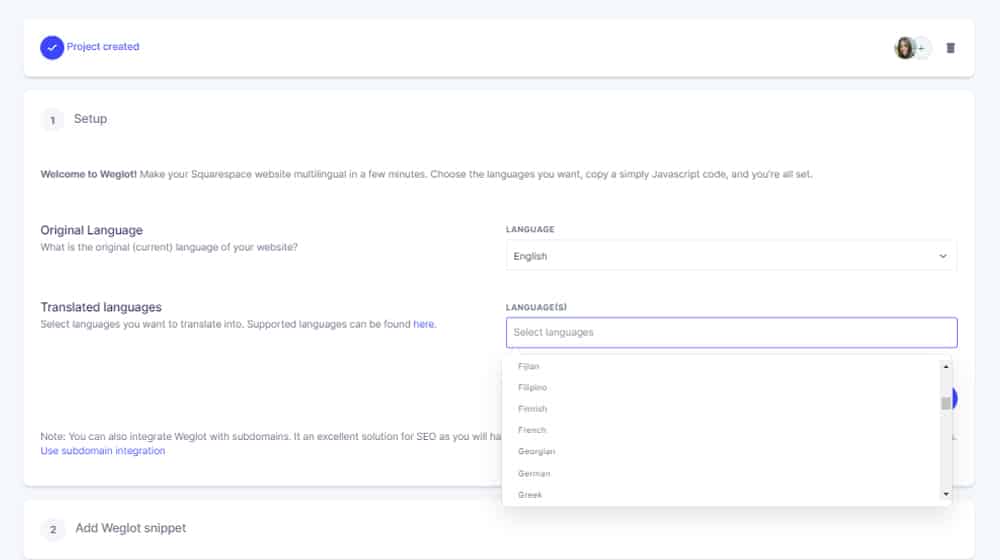
Still, it's very likely one of the best available plugins for both automatic and manual translation across an entire site, integrated with WordPress and more.
2: Lokalise
The Lokalise translation platform has a ton of integrations with different platforms and apps, a robust developer segment for anyone looking to add integrations, and provides a significant platform for the translation of nearly anything.
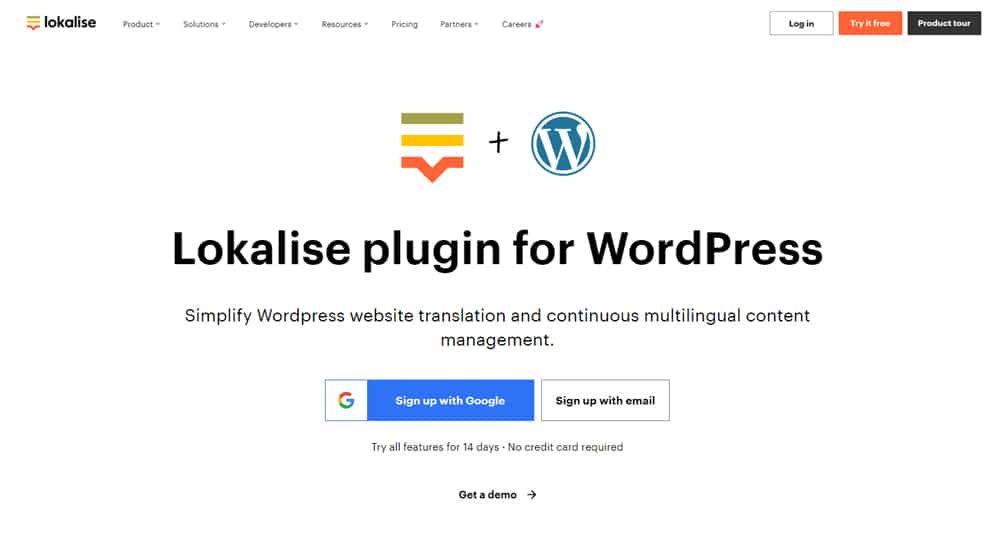
Unfortunately, WordPress integration, while not limited by word count or page views, is a whopping $230 per month.
3: WPML
WordPress MultiLingual is one of the oldest and most well-known WordPress translation plugins. It's also cheap-ish and convenient, with the option to purchase a single license with site translation for 100 euros, flat.
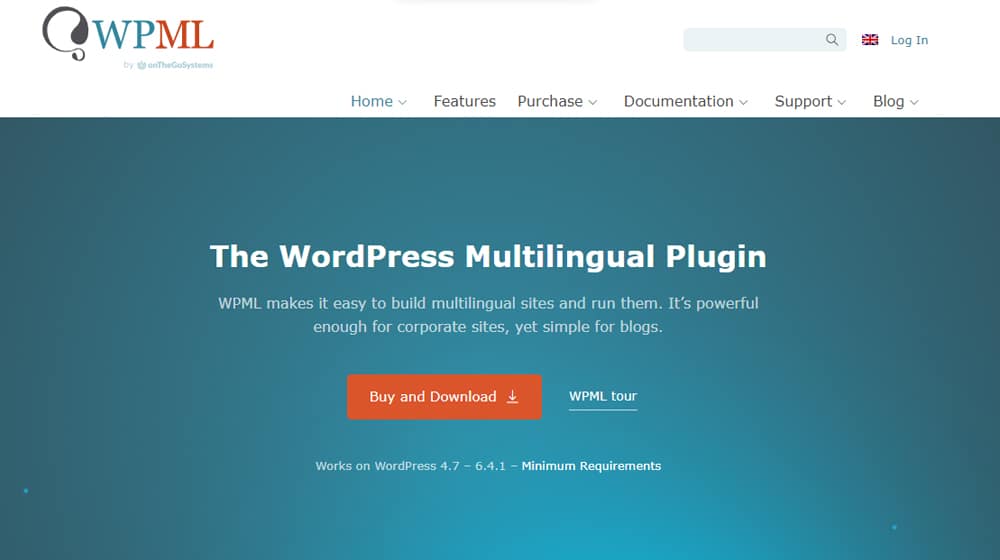
There are translation credits you'll need to renew occasionally, but the license for the plugin itself is a one-time fee with a year of updates and support.
4: Polylang
While most WordPress translation plugins focus entirely on the content of the page, this one does everything by utilizing WordPress language packs since WordPress itself comes in many languages as well. That means it can also translate things like tags, media, categories, and RSS feeds.
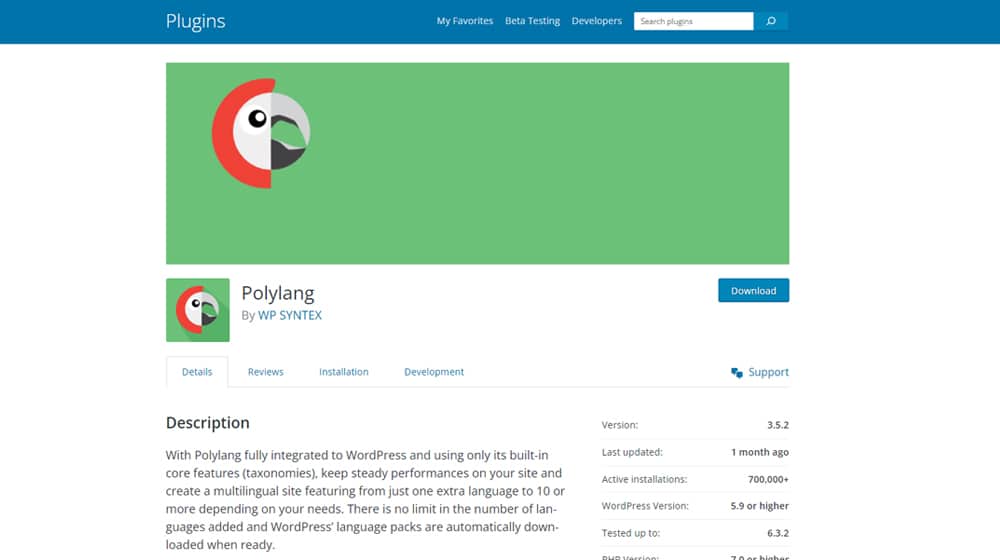
The free version is surprisingly robust as well, but there are a range of additional features you can get if you want to buy the pro version as well. Truthfully, the free version does most of what you would need, but feel free to explore both.
5: Multilingual Press
Billing itself as "the right way" to build a multilingual WordPress site, this is actually a very robust system that kind of goes beyond what a plugin is.
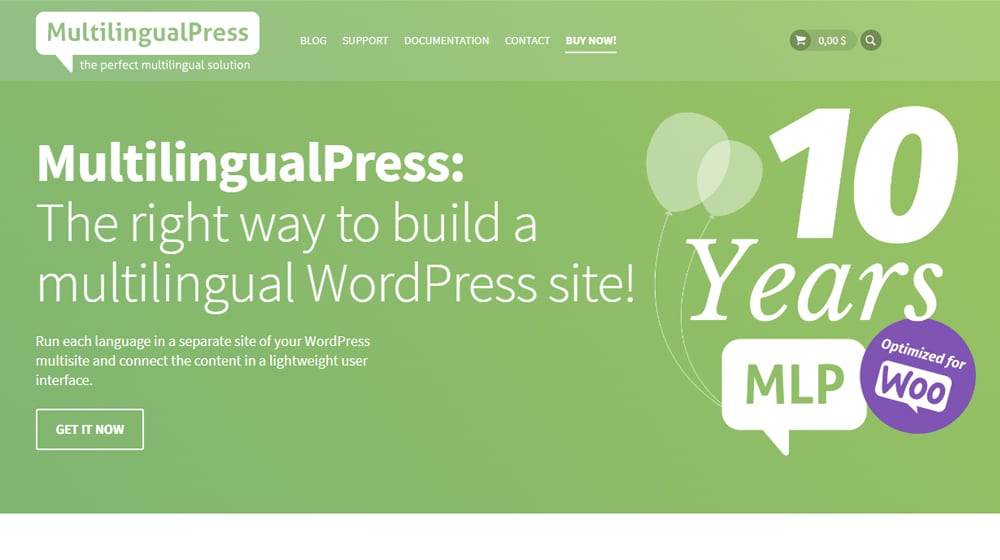
Instead of just using a plugin system and letting people choose a language, it actually creates entire duplicate sites using WordPress Multisite, running each language version separately with proper canonicalization and other SEO features to ensure it all functions as a continuous whole. This is best used for setting up a brand-new site, but you can retrofit a WordPress site with it relatively easily.
6: GTranslate
This is a simple and easy free plugin. All it does is add the option for any user to use Google Translate automatic translation for your site. It doesn't pre-translate anything, it doesn't mess with non-content text on your site, it's on-demand, so it's only relevant to the people who might need it, and did I mention it's free?

Of course, Google Translate has its issues, and you aren't likely getting any SEO value out of this option, but it's probably the easiest and most lightweight plugin for translating available.
7: Ray Enterprise Translation
Formerly known as Lingotek Translation, this plugin has a relatively harsh limit on the amount of content you can translate for free. Moreover, it hasn't been updated or tested with recent versions of WordPress, at least not as of the time of this writing.
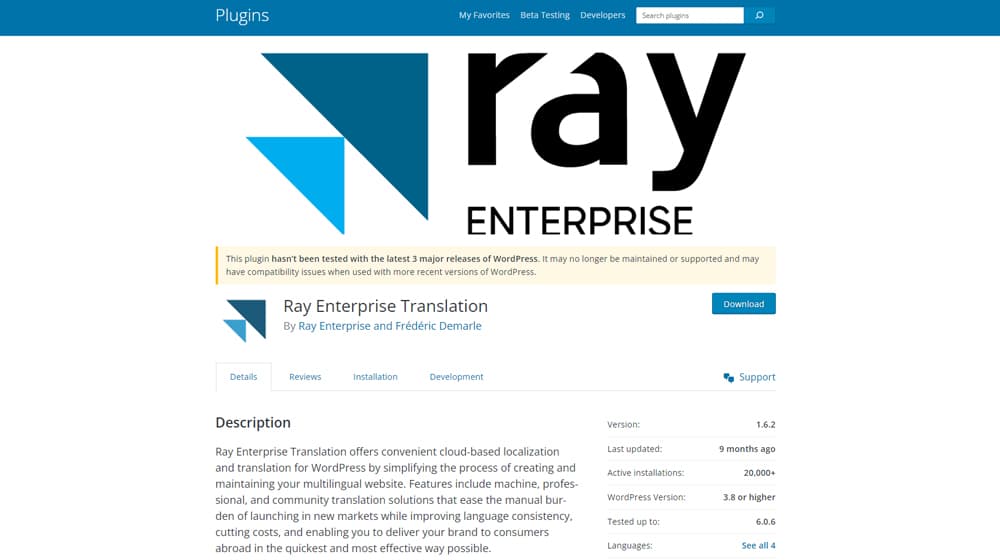
I'm mostly including it because Lingotek was a big name on all the lists a few years ago, so people might wonder why it's not here. I don't know that I'd recommend it when more modern, updated plugins exist.
8: Babble
This is one of the few more open-source translation systems available for WordPress. Babble has its source up on GitHub for your use. It's a lot like Polylang and Multilingual Press in that it uses the WordPress language packs for a strong foundation and builds from there using human translation.
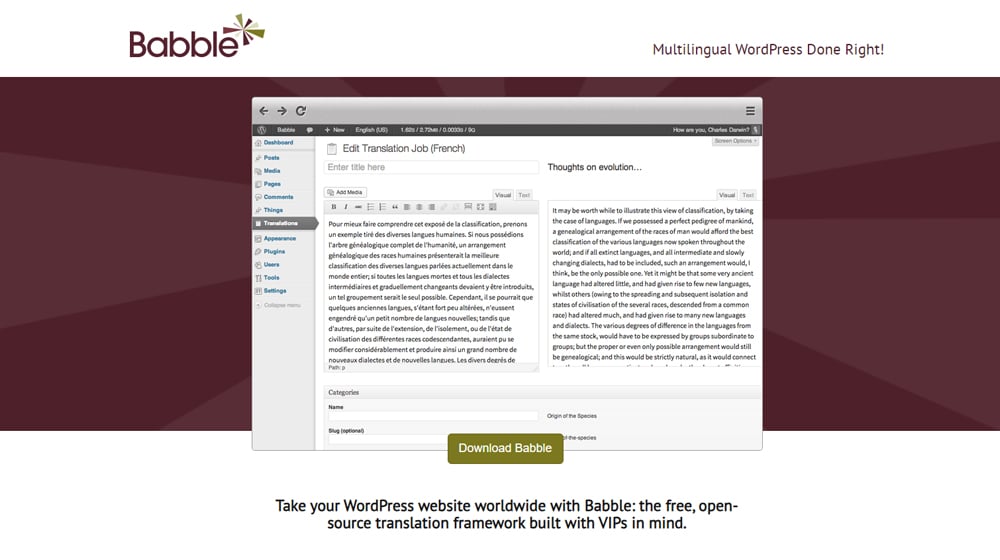
That's right; it doesn't actually automatically translate anything. Instead, it's a framework so translators can translate your content directly from your dashboard for you. As such, it's best for enterprises and the people willing to pay for ongoing localization.
9: Loco Translate
This plugin does a lot of the framework stuff for you but, rather than limiting you to a specific translation processor, allows you to choose which one you want to integrate.
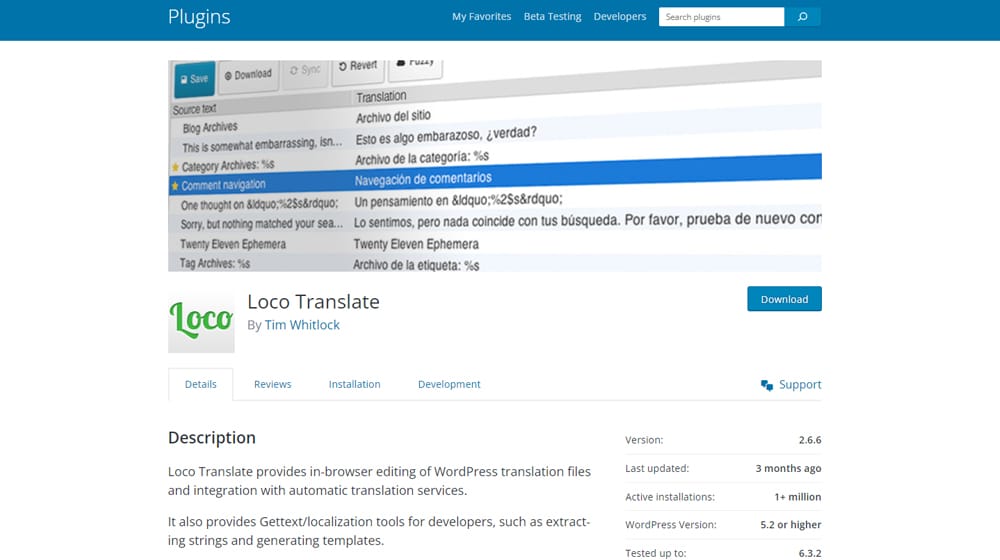
It supports DeepL, Google, Microsoft, and LectoAI as translation options. You'll probably want to test them out to see which one works best for you and your content before going all-in on it, but being able to use different options is great.
10: TranslatePress
Another of the most popular translation plugins out there for WordPress, this one has been around for a very long time. It's very popular, convenient, fast, and useful.
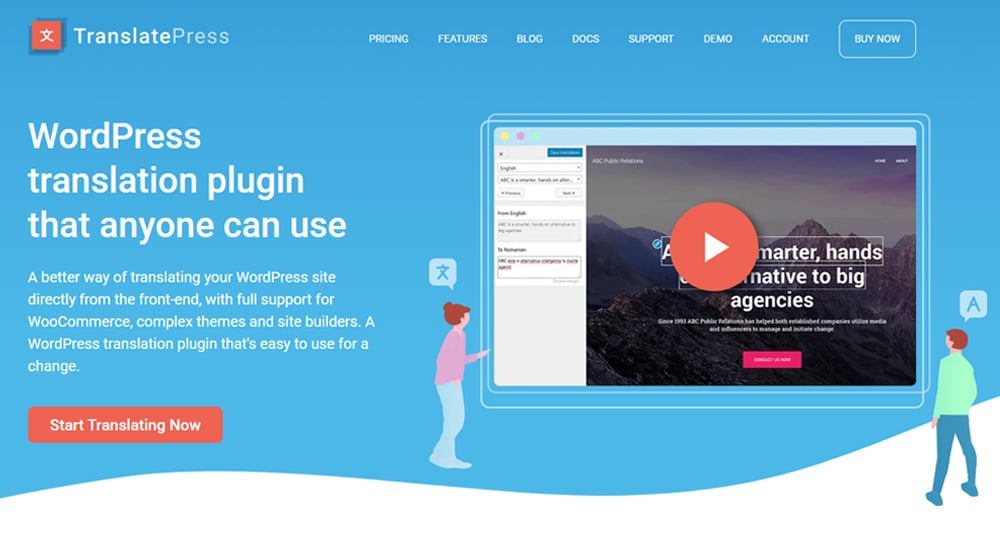
It's also very cheap, with licenses starting at 8 euros a month. Even the upgrade that adds automatic translation only bumps you up to 14, which is a far cry from some of the other plugins on this list.
What about you? Do you have a favorite translation plugin I didn't mention? If so, let me know your recommendations below.










Comments